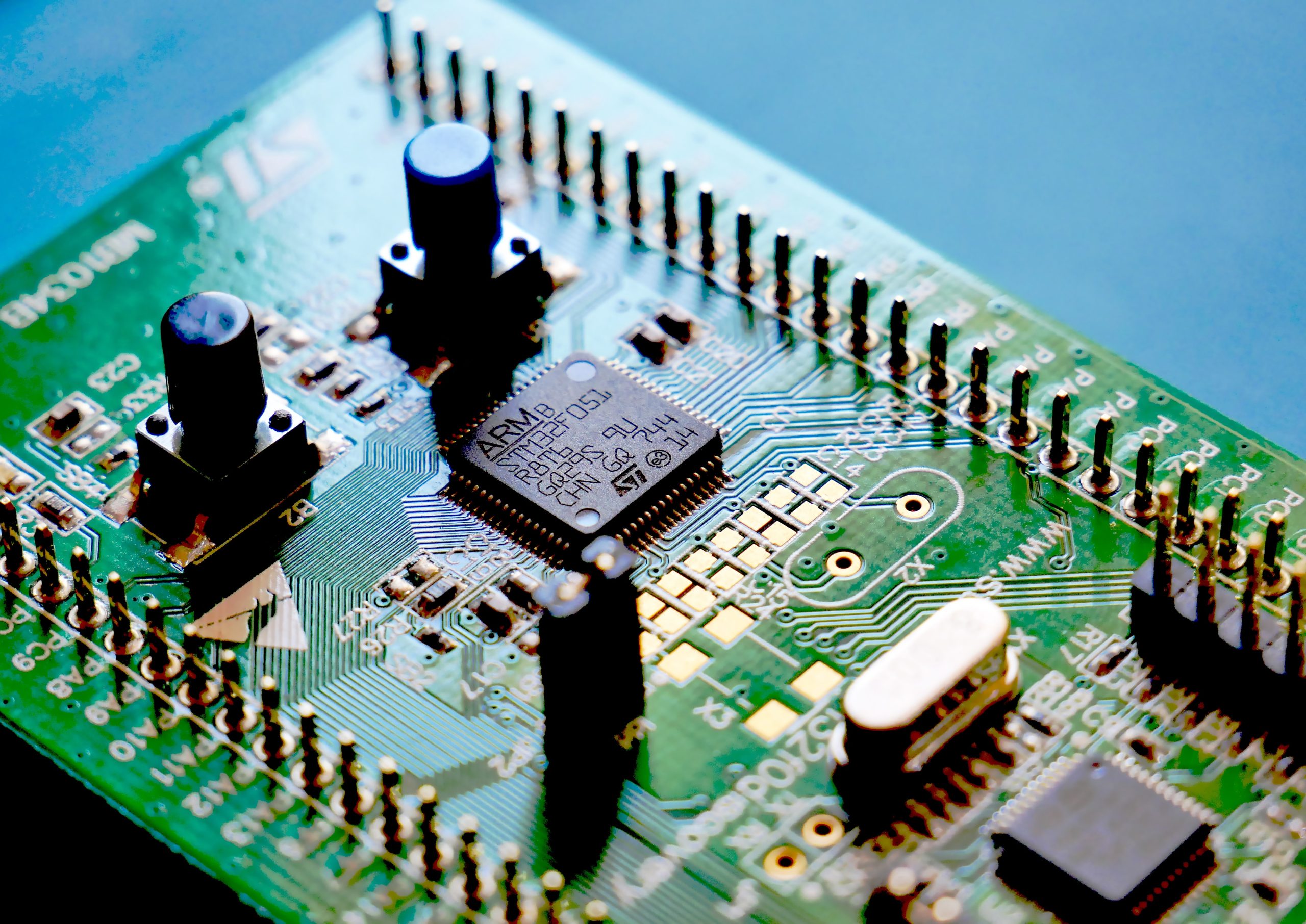Most people use FETs daily. In fact, most people use millions of FETs every day. However, most of these same people know almost nothing about them.
These tiny pieces of electrical engineering originated back in 1945, yet continually change how the world works today.
This article will cover everything you need to know about FETs. So, if learning more about this technology piques your interest, keep reading!
Related: Getting the Most From Mectronic Part Search
What Is a Field Effect Transistor?
A Field Effect Transistor (FET) is one type of semiconductor device, a microchip providing the foundation for many personal computers and electronic products. FETs fall into the unipolar transistor class because they consist of a single type of charge carrier. Unlike their bipolar transistor counterparts, FETs carry either electrons or wholes but not both.
To manage the output of an electrical current, FETs harness an electrical field regulated through an input or gate terminal. FETs effectively control electrical current by applying a voltage at the input or gate channel.
How is a FET Laid Out?
FETs are three-terminal transistors consisting of four main parts: the source, drain, gate, and body. Each plays a different role in the FET’s function.
The source, one of the terminals, provides carriers entry into the channel. The drain, another terminal, serves as the exit for these carriers from the channel. Applying a Voltage controls the current moving from the source to the drain terminals at the gate, the third and final channel. The body refers to the entire structure upon which many types of FET sit. On its own, the body creates a biasing effect but offers little function outside of this.
As an integrated circuit, a FET interacts with power supplies and affects overall circuit function. These interactions represent a primary consideration when designing electronics with one or more FET components.
Types of FETs
Most FETs fit into two main categories: Junction Field Effect Transistors (JFET) and Metal-Oxide-Semiconductor Field-Effect Transistors (MOSFET). While electronic devices commonly contain both kinds of FET, MOSFETs are far more common than their JFET counterparts. In fact, MOSFETs are the most widely used type of semiconductor device.
Other types of FETs are far more specialized. For example, FREDFETs quickly turn off the body diode. This single function makes FREDFETs useful in magnet motors and brushless DC motors. Meanwhile, OFETs offer an organic technology alternative to traditional approaches.
JFET
Junction Field Effect Transistors (JFETs) are the earliest and most straightforward type of field effect transistor. The JFET operates based on the flow of an electric charge through a semiconductor channel that links the source and drain terminals. In response to a voltage applied to the gate terminal, the JFET’s channel prevents or limits the electrical charge from passing through.
By nature of this design, a JFET allows a charge to pass without voltage. So, the base state of this transistor is on. Because of this, many refer to JFETs as “normally on.”
If you’re looking for B2B components and parts then search over 2 billion products from many sources here!
Types of JFETs
There are two types of JFETs. These are N-channel JFETs and P-channel JFETs.
N-channel JFETs feature electrons as the primary charge carriers. N-channel JFET construction includes an N-type base with P-type semiconductors doped at both ends. This structure creates a negative current, reflected in the name, that shuts off when a negative voltage triggers the gate.
P-channel JFETs are essentially the opposite. P-channel JFETs rely on holes as their primary charge carriers. Construction consists of a P-type base with N-type semiconductors doped at both ends. This structure creates a positive current, also reflected in the name, that shuts off when a positive voltage triggers the gate.
Related: Innovating For the End: Recyclable Electronics Combats E-Waste
MOSFETs
Metal-Oxide Semiconductor Field-Effect Transistors (MOSFET) are more advanced and commonplace than JFETs. These advances afford more utility, making them the most commonly used type of FET.
MOSFETs construction features a source, gate, drain, and body. A P-type substrate comprises the body, doped with two N-type wells to create an N-channel between the MOSFET’s source and drain.
A similar structure means MOSFETs and JFETs function similarly. However, the difference arises when dealing with the gate terminal. MOSFETs contain an oxide layer that insulates the gate and, thus, separates the gate terminal from the source and drain. Then, metal forms the contact terminal. Together, these features give MOSFETs their name.
While JFETs always restrict or shut off the electrical charge in response to voltage application, the unique MOSFET construction offers more functionality. MOSFETs function in two different modes: depletion mode and enhancement mode. Voltage application functionality within a MOSFET depends on the MOSFET mode setting.
Types of MOSFETs
There are two types of MOSFETs. Their different features make each type of MOSFET useful in seemingly opposite ways.
Depletion MOSFETs are a lot like open switches. Applying a positive voltage to a depletion MOSFET gate creates a depletion region in the channel, restricting channel width until the electrical charge stops flowing. So, a voltage triggers a depletion MOSFET to shut the current off.
Meanwhile, enhancement MOSFETs are more like close switches. Applying negative voltage to the gate of an enhancement MOSFET causes the width of the channel to expand and the current flow to continue. So, a voltage applied to an enhancement MOSFET turns the current on.
If you’re looking for B2B components and parts, search for over 2 billion products from many sources here!
FET Applications
FETs, specifically MOSFETs, facilitate logic gates and data storage within electronic devices. This functionality also makes them an integral component in semiconductors and other electrical components. The critical nature of these small devices sheds light on present supply chain issues.
MOS integrated circuits, another term for MOSFETs, make the creation of microprocessors possible. The ability to produce MOSFETs on a large scale revolutionized the entire computer industry. MOSFETs will likely form an integral part of the future of circuitry.
Everything You Need to Know About FETs
FETs are a specific type of transistor and an integral part of many modern technologies. From JFETs to MOSFETs, these electronic wonders are responsible for a vast array of functions, and understanding these components is paramount to understanding how certain types of technology work.
Related: Rethinking Circuits And Electronic Devices With Printed Electronics

Mectronic has been connecting sellers and buyers for 25 years. With powerful search tools and over 2 billion products, Mectronic helps you find the B2B components you need from sources you trust. Find the parts and components you need today here!







